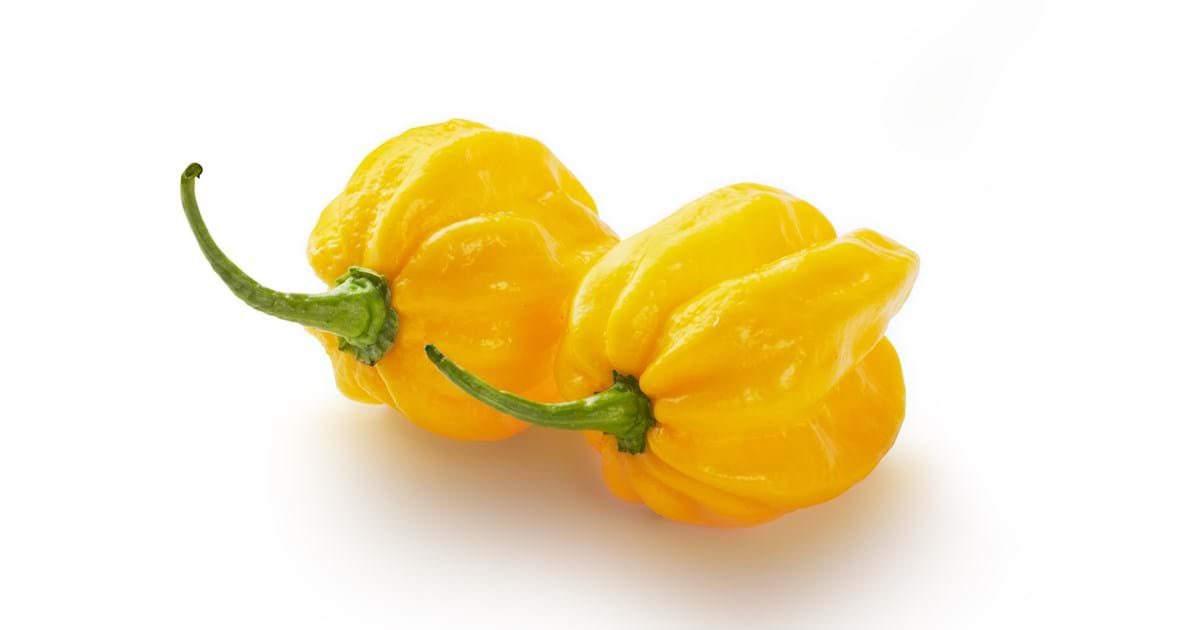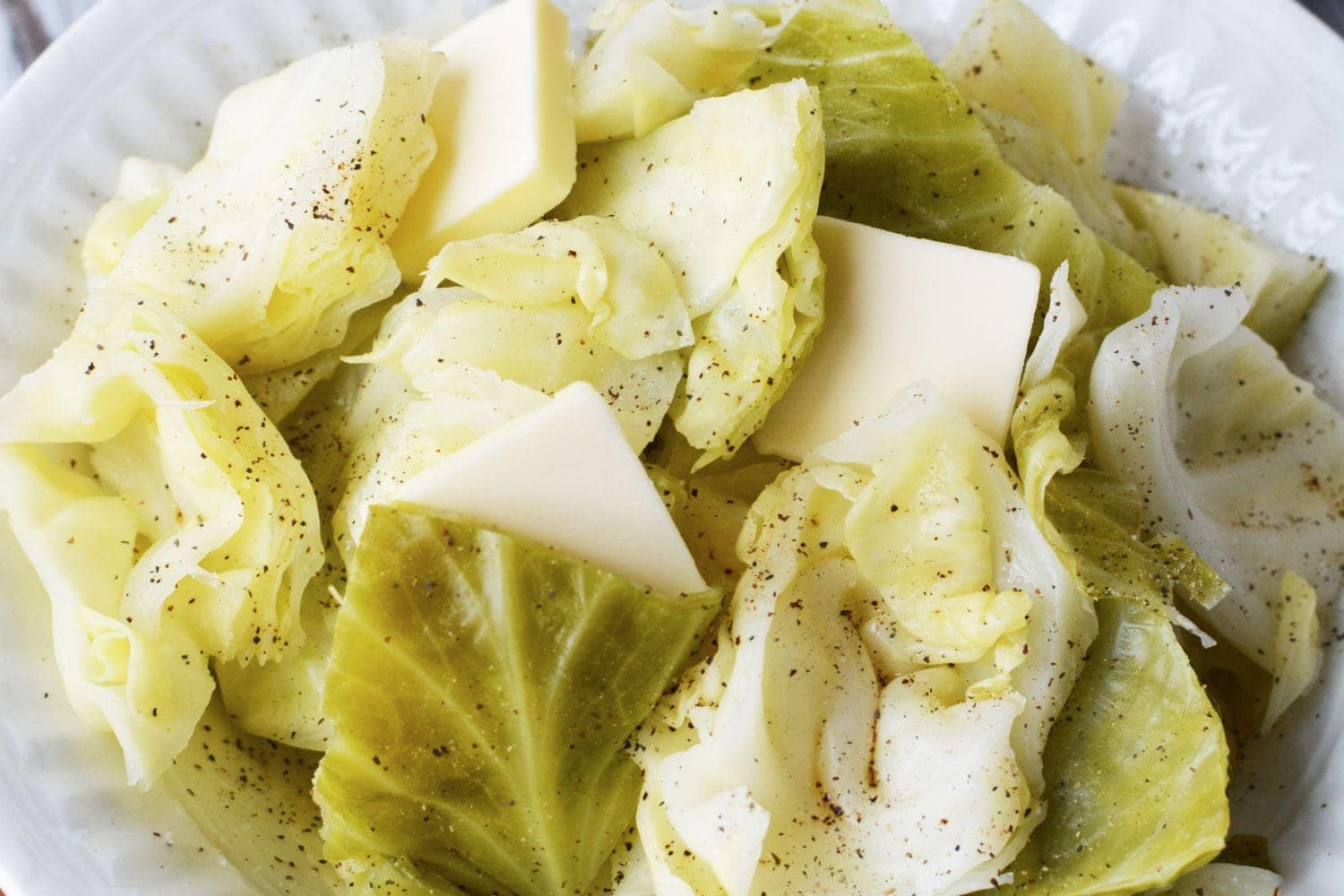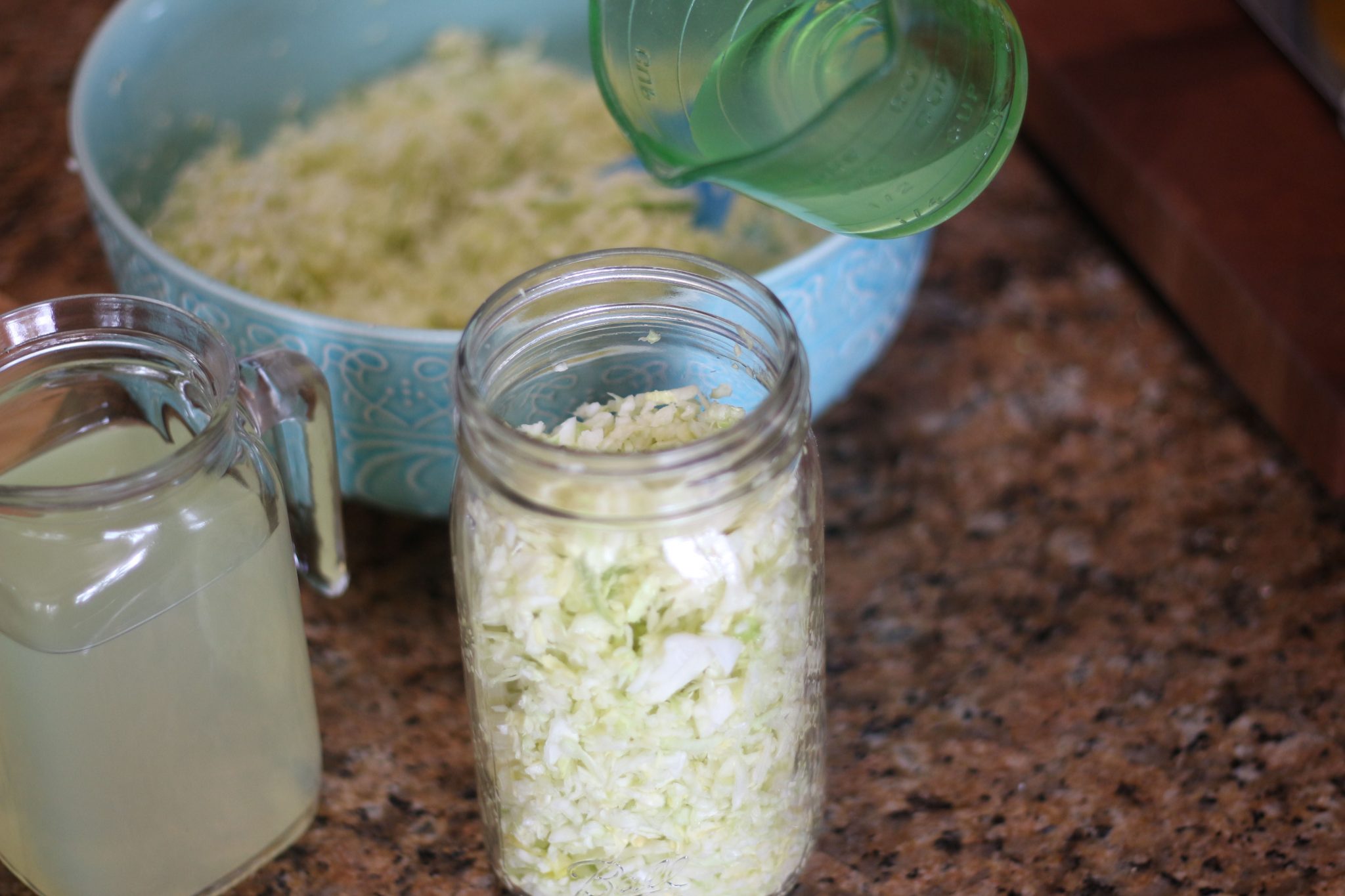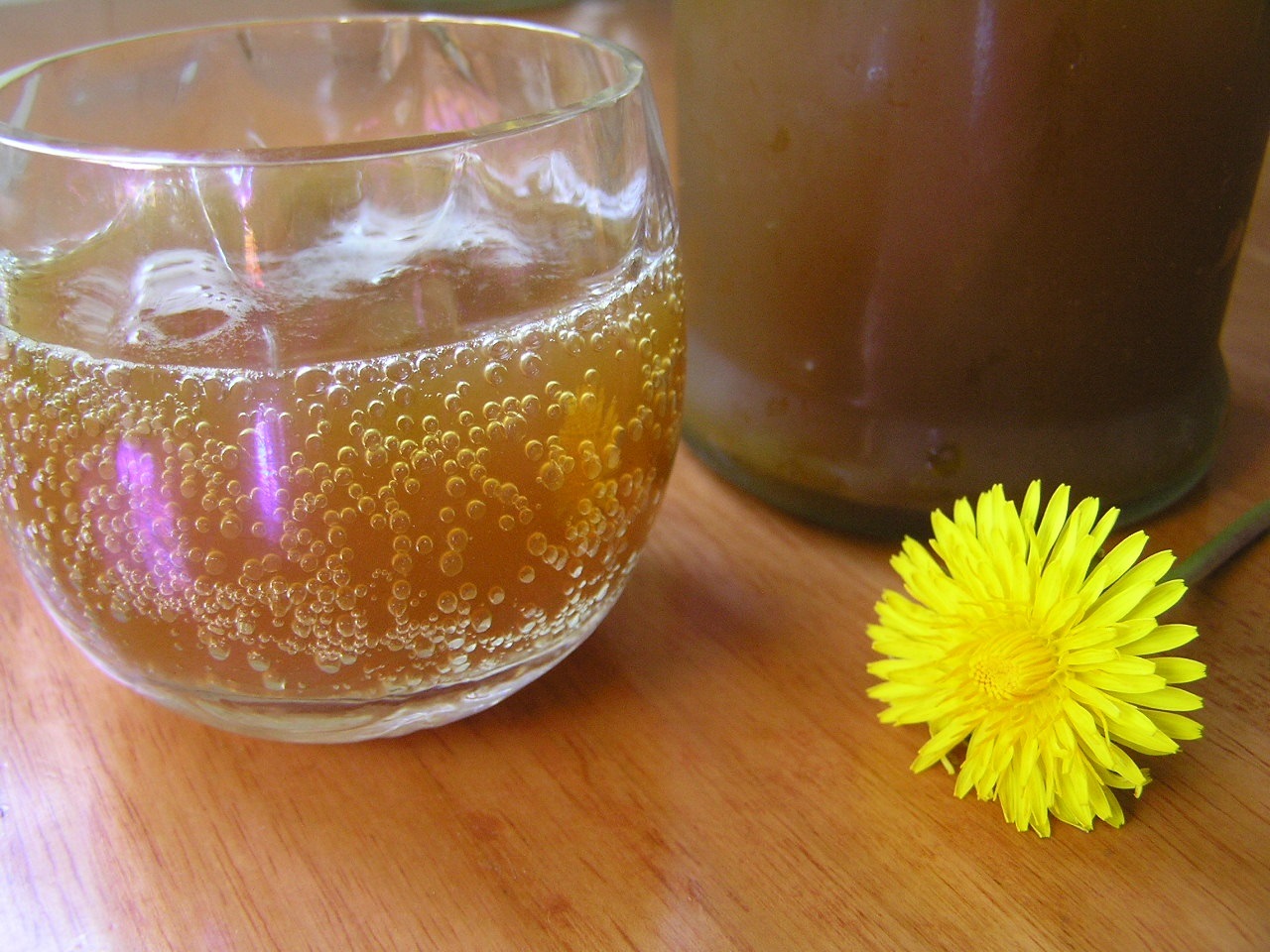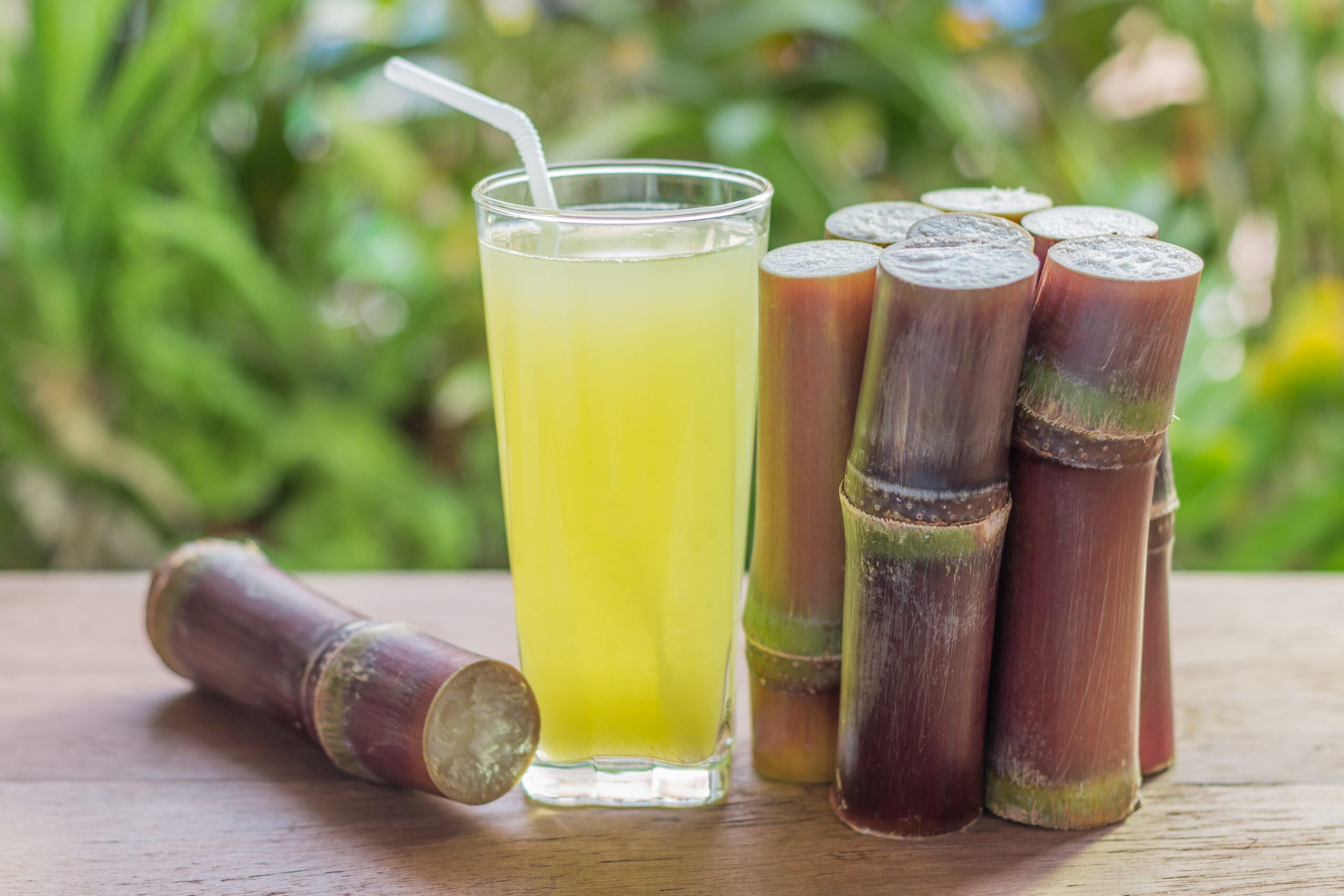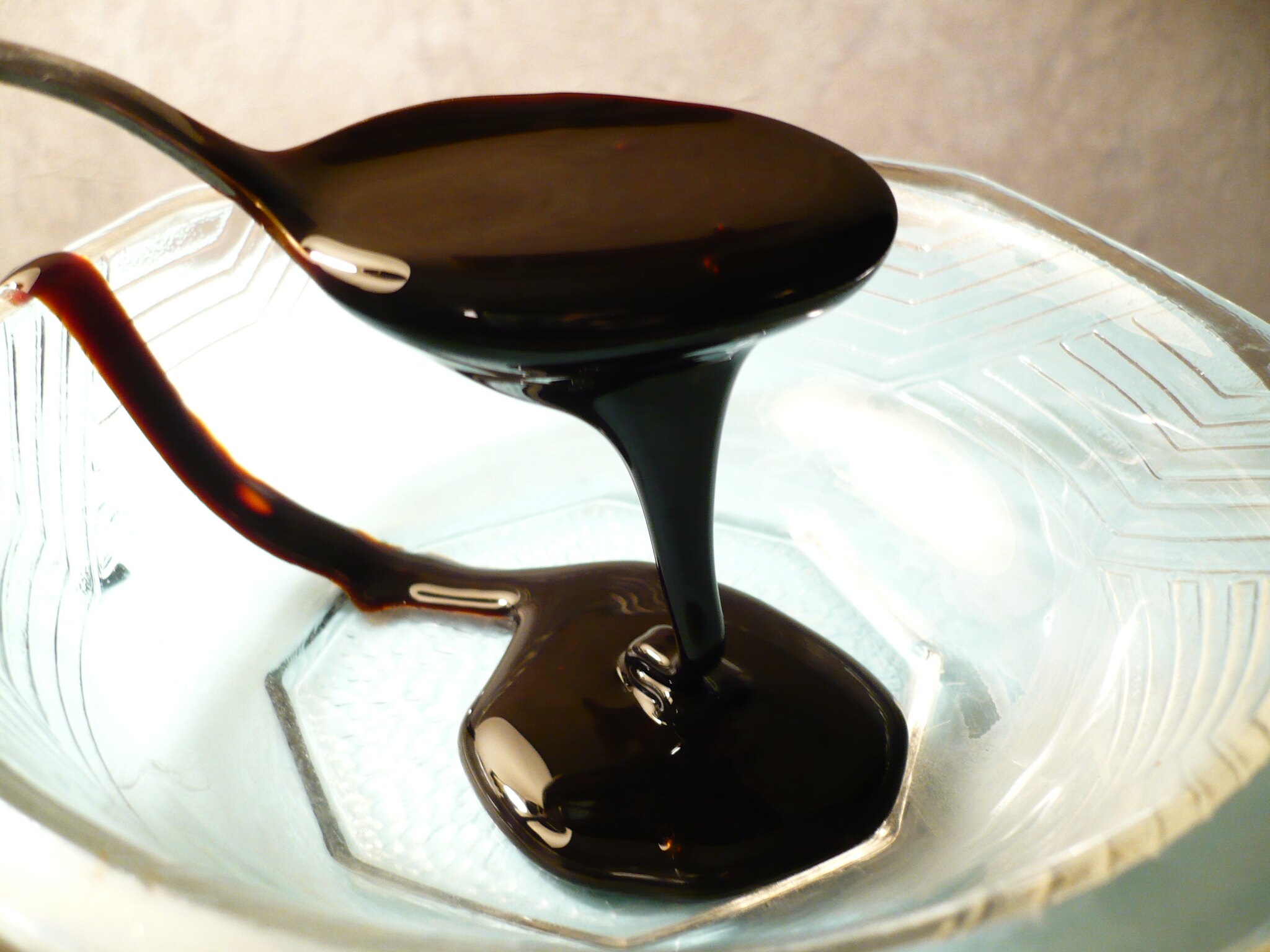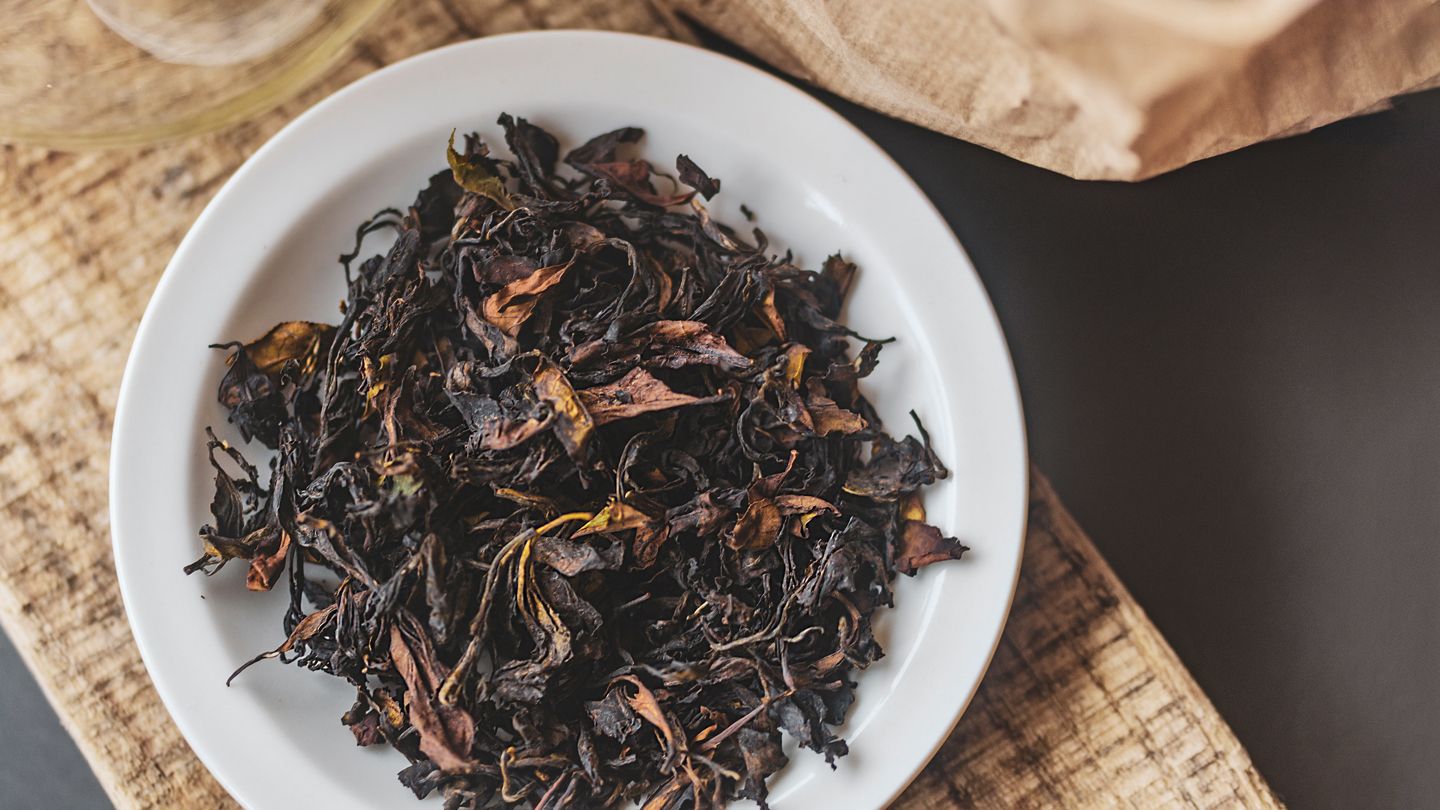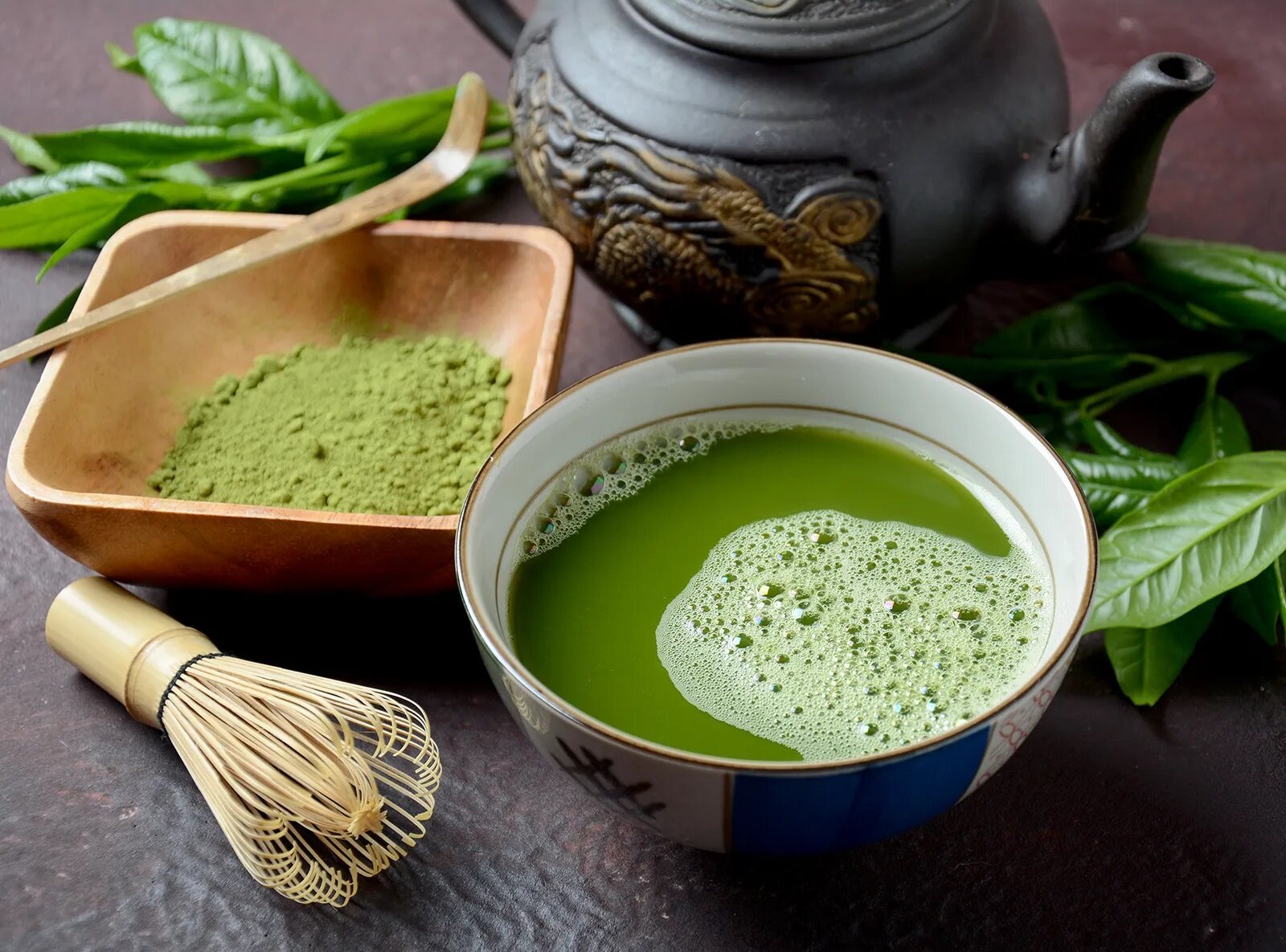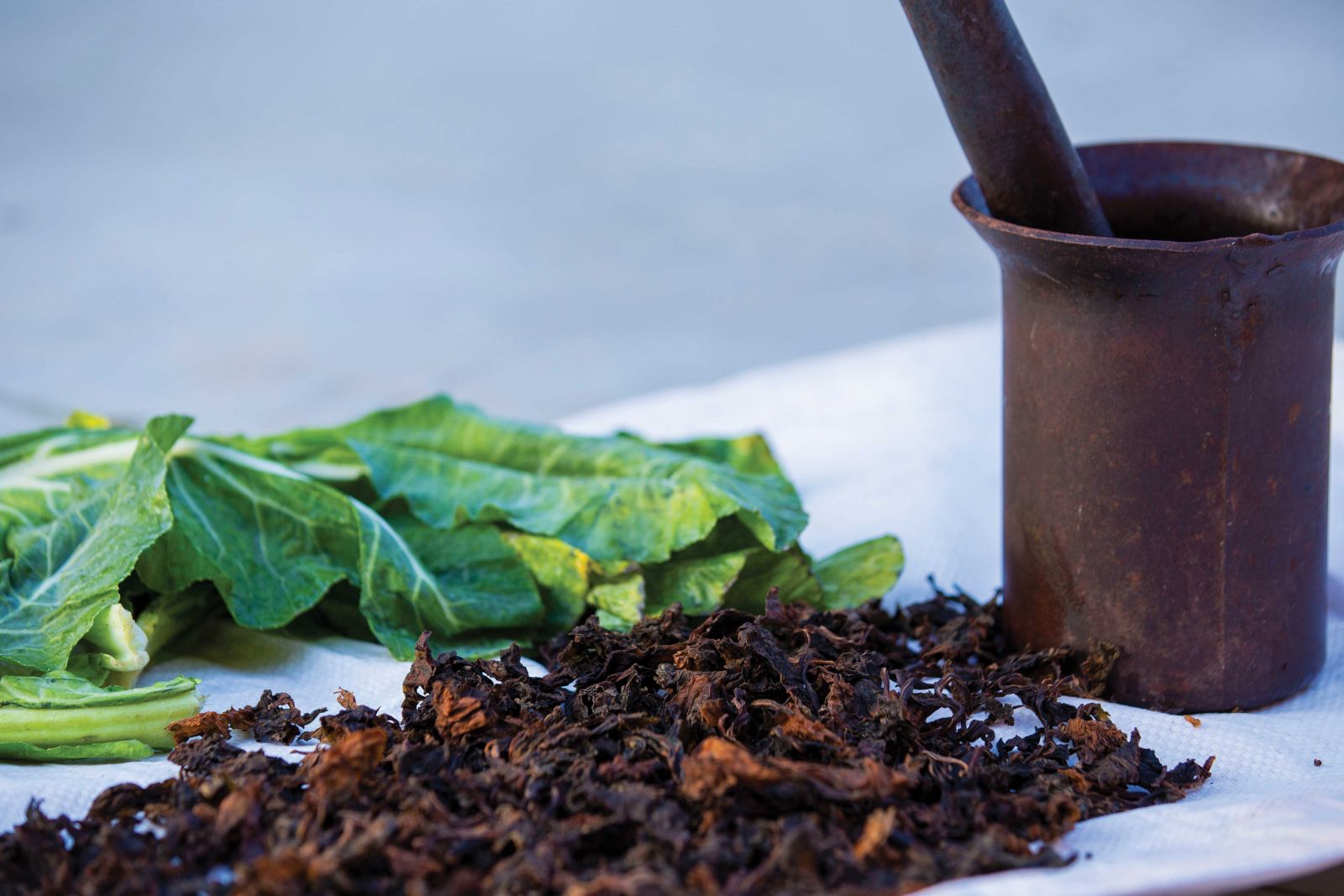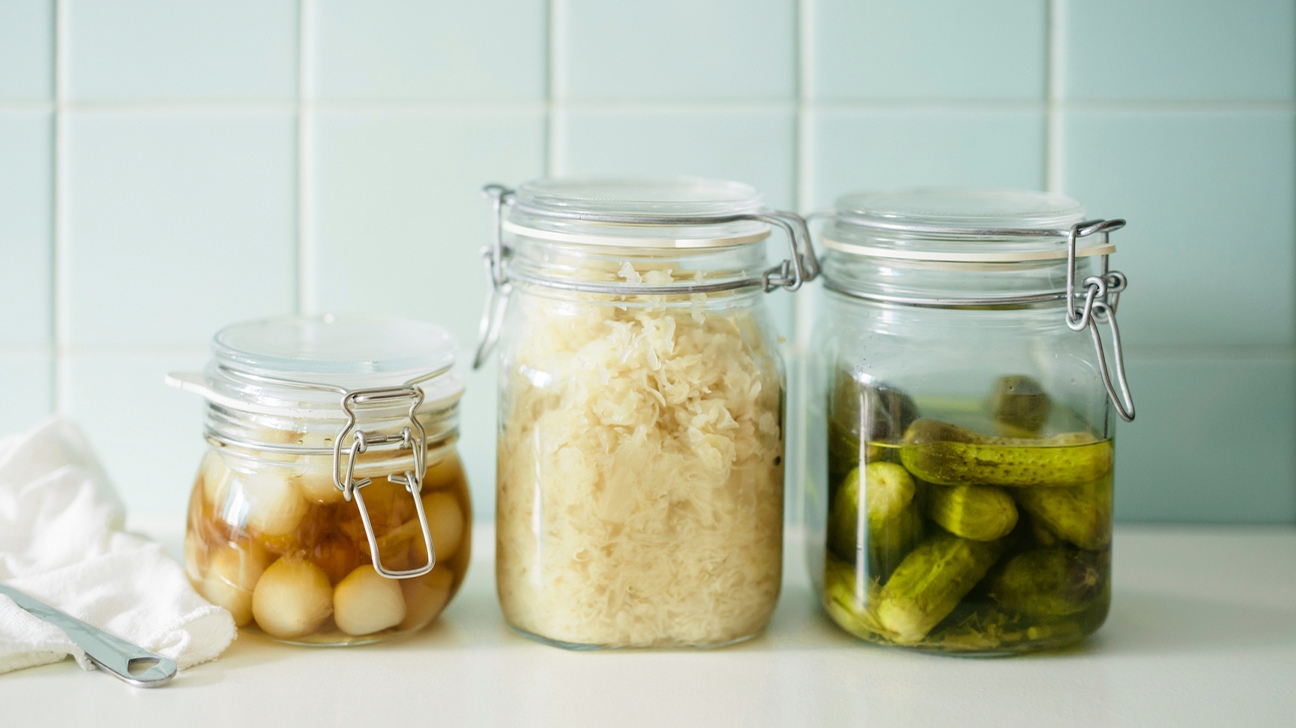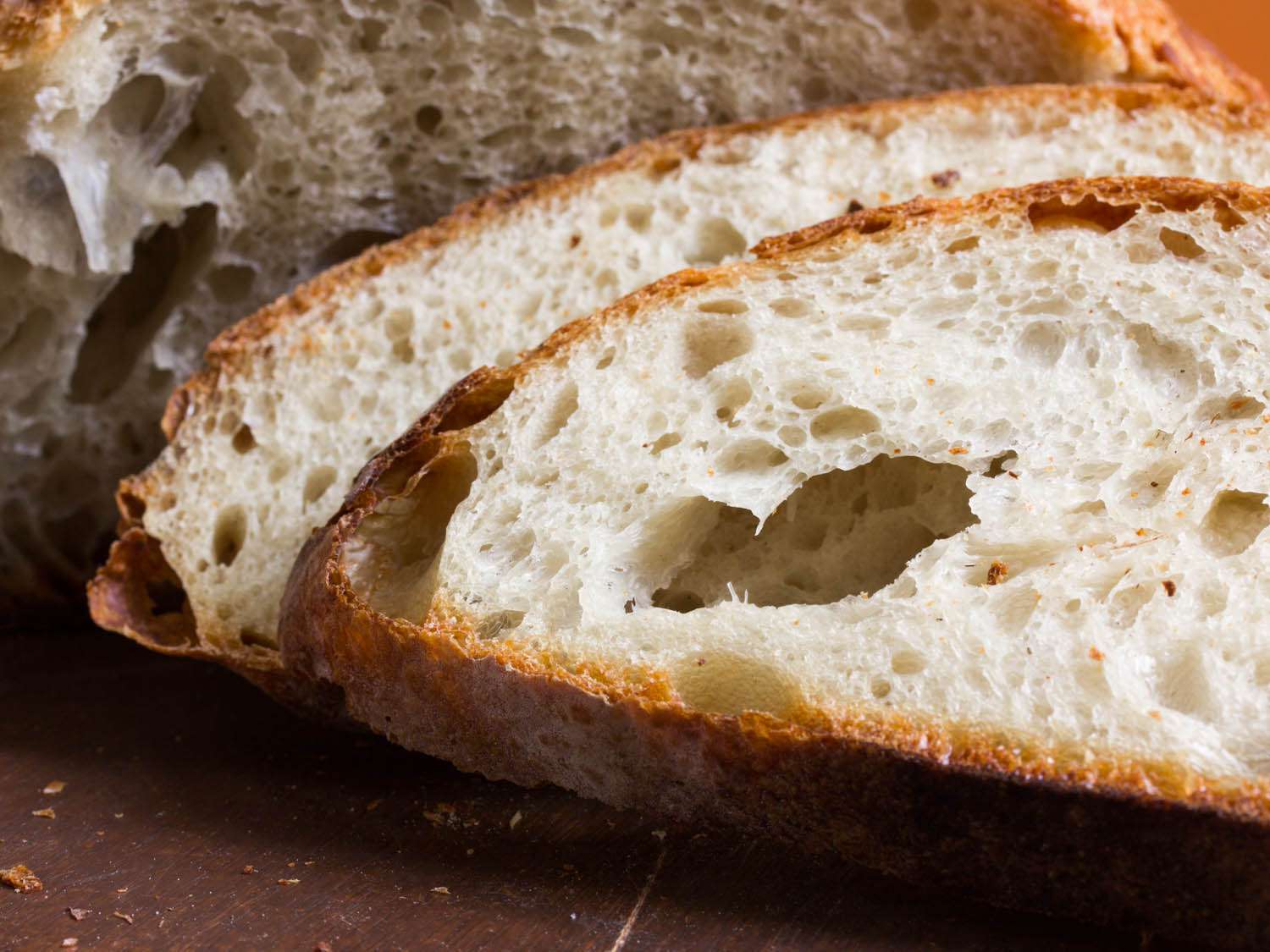Unlocking the Power of Fermented Moringa
Welcome to the wonderful world of fermenting moringa! This ancient practice not only enhances the shelf life of this superfood but also unlocks a plethora of health benefits. Whether you are a seasoned fermenter or a novice, fermenting moringa is a simple and rewarding process that anyone can master. In this guide, we will walk you through the steps to fermenting moringa at home, and explore the numerous ways you can incorporate this fermented superfood into your daily diet.
Why Ferment Moringa?
Fermentation is a natural process that has been used for centuries to preserve food and enhance its nutritional value. When it comes to moringa, fermenting the leaves and pods can help break down anti-nutrients, making the nutrients more bioavailable and easier for the body to absorb. Additionally, fermenting moringa can enhance its flavor, giving it a pleasant tangy taste that pairs well with a variety of dishes.
How to Ferment Moringa
Now that we understand the benefits of fermenting moringa, let’s dive into the step-by-step process of fermenting this nutrient-dense superfood.
- Harvest fresh moringa leaves and pods from a healthy, pesticide-free source.
- Thoroughly wash the leaves and pods to remove any dirt or debris.
- Allow the moringa to air dry completely to remove any excess moisture.
- Once dry, chop the moringa leaves and pods into small, uniform pieces.
- Place the chopped moringa into a clean, sterilized glass jar.
- Add a brine solution (1 tablespoon of salt per 1 cup of water) to the jar, ensuring that the moringa is fully submerged.
- Seal the jar with a lid and store it in a cool, dark place for 3-7 days, depending on your desired level of fermentation.
- Check the jar daily to release any built-up carbon dioxide and ensure that the moringa remains submerged in the brine.
- Once the desired level of fermentation is reached, transfer the jar to the refrigerator to slow down the fermentation process.
Ways to Enjoy Fermented Moringa
Now that you have a jar of delicious fermented moringa, it’s time to explore the many ways you can incorporate this superfood into your meals.
- Add a spoonful of fermented moringa to your morning smoothie for an extra boost of nutrients and probiotics.
- Use it as a topping for salads, soups, or grain bowls to add a tangy crunch.
- Mix it into homemade dips and spreads for a unique flavor twist.
- Blend it into salad dressings or marinades for a zesty kick.
- Enjoy it as a standalone side dish to complement any meal.
With its enhanced flavor and nutritional benefits, fermented moringa is a versatile ingredient that can elevate any dish.
The Bottom Line
Fermenting moringa is a simple and rewarding way to enhance the nutritional value and flavor of this superfood. By following the easy steps outlined in this guide, you can unlock the power of fermented moringa and enjoy its numerous health benefits in your everyday meals. So, grab a jar, some fresh moringa, and get ready to embark on a delicious fermentation journey!
Was this page helpful?
Read Next: How To Ferment Kale
